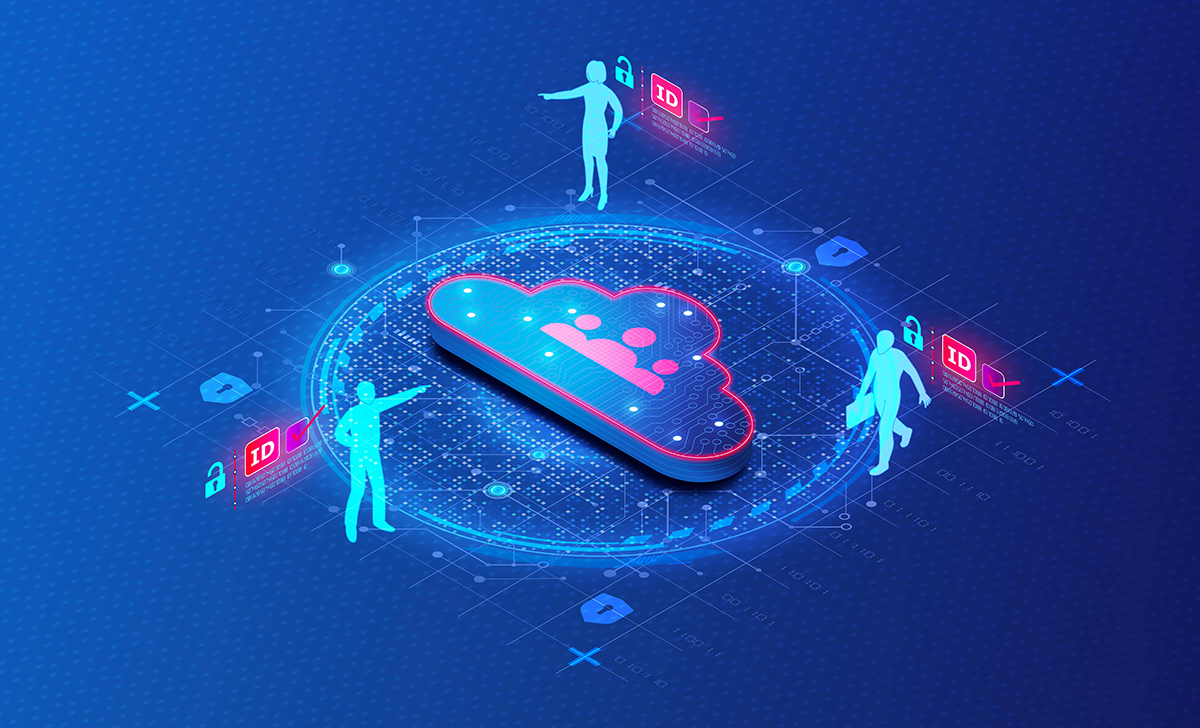
It’s All About the Data: Aligning IoT with Business

For those working in the field of connected device hardware and software design, this week’s IoT Tech Expo North America event promises to be a feast for the senses. Or should that be for the sensors? Whether it’s the design-conscious fashionable wearables, or the smart city technologies, or the cars and homes that speak to and serve us – we’re looking forward to getting a glimpse of all the blue-sky concepts as well as the developed industrial use cases in healthcare, retail and manufacturing. After all, the Internet of Things is all around us! And in some cases, it could become embedded in us.
Technologies come and go, and no doubt some of what is forecast for the IoT will turn out to be hype. The IoT fires up the imagination like little else: everyday things have the potential to be devices that track, monitor, inform and improve our ordinary lives! It’s a technological revolution that’s highly visible to non-technical folk as much as to the “experts”. Although consumers will certainly be beneficiaries, IoT technologies have the potential to transform businesses, and indeed whole industries. For instance, when IoT helps enterprises connect and share information between devices and assets, this data allows businesses to improve operations, maintenance and inventory management, as well as enhancing product development and increasing revenue… and much more besides.
With all the visionary speculation, it can be easy to lose sight of the business requirement behind IoT initiatives. I guess it’s understandable. There’s an inevitable focus on “things” — that is to say the devices receiving the data, and the innovative and sometimes rather wonderful uses people have come up with for connecting unassuming objects. Yet the hardware, software and communications technology options that will connect these devices are clearly just as important. It is going to be hard for companies to achieve their IoT goals if the back-end architecture and platforms do not align. Interoperability initiatives will help in this regard, but cannot alone ensure business success.
Here’s a sobering thought: Gartner anticipates that over the next one to two years a staggering 80% of IoT initiatives “will squander transformational opportunities by focusing on narrow user cases and analytics” (Prepare to Monetize Data From the Internet of Things, September 2016). While consumers might think of the “Internet of Things” as mainly wearable devices and other aspirational objects, the truth is that the IoT will serve far more than the consumer market, and for the companies involved, there’s a lot riding on the IoT.
Given that increasing numbers of firms find themselves analyzing the benefits of entering this market, how should enterprises approach such initiatives? If you’ve worked with us before, it won’t surprise you that our advice is firmly rooted in the rigors of business reality. Companies seeking the best way to harness data the IoT has to offer should focus on business strategy first.
Implementing IoT projects can be time-consuming, from initial business case development, to proof of concept, to full-scale implementation. Each phase of the process is challenging and glitches discovered at a late stage can be costly to fix in terms of both time and budget. Companies should therefore focus on operational scalability rather than technical scalability, as that allows business systems to manage and ensure the data is as relevant and actionable as possible. In order to implement an effective IoT strategy, companies must focus on developing a business case first, and only then can they design a product that addresses key business requirements.
Immature, or more accurately premature IoT initiatives fall into the trap of prioritizing productization, leaving enterprises ill-equipped to quickly extract business value and return on investment.
At Apexon, we have a strong history in designing business blueprints that assess and respond to the underlying business needs, and applying that expertise in the area of IoT is no different. The IoT creates many challenges for enterprises — developing and bringing to market IoT solutions goes well beyond mobility, mobile devices and apps. It’s all about the data and how efficiently it can be turned into actionable intelligence. For this, your business case needs to go beyond product development and evaluate the entire platform, including algorithm tuning and testing via ground truth validation in ‘real-life’ simulations, all to ensure your IoT initiative delivers what it needs to.
Have you sufficiently validated your new IoT use case? Get in touch and let us help you solidify your business case today for tomorrow’s successful innovation.







